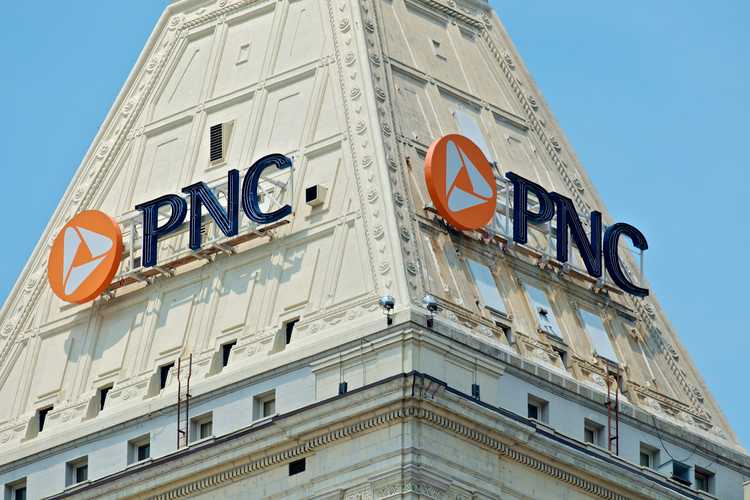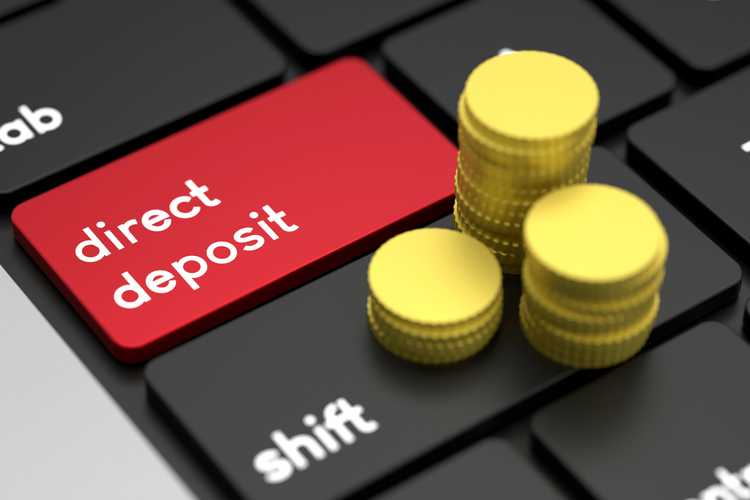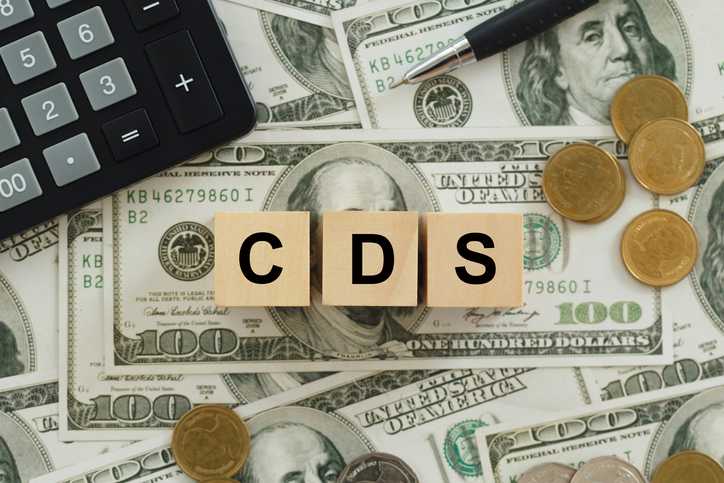Personal Finance
Advertiser Disclosure

Chase vs. Wells Fargo: Which Bank Is Better for You?
Chase and Wells Fargo are both national banks. We’ll walk you through the differences in fees, tech, services, and security so you can choose the one that’s right for you.

Business Money Market Accounts February 2025
Are you looking to get a business money market account (MMA)? We’ve put together a list of the best ones based on different factors.

Bank Fees: 9 Common Types and How to Avoid Them
Along with banking come fees. Here are nine of the most common types of bank fees and how to avoid them.

HSBC Premier Checking Account Bonus Offer: Up to $2,500 If You Can Meet the Requirements
The HSBC Premier Checking account bonus offers up to $2,500 through Nov. 22, but you’ll have to meet strict qualifying criteria.

CD vs. Money Market Account: Difference, Similarities & How to Choose
Both money market accounts and certificates of deposit (CD) offer opportunities to earn higher interest than a regular savings account, which can boost savings.

How to Open a Chase Bank Account
Considering a Chase bank account? Here are your account options, how to open one, and how to choose the right account for you.

What Are NSF Fees And How to Avoid Them?
NSF fees, or nonsufficient funds fees, are bank charges for overdrawing your account. Learn more about NSF fees and how to avoid them here.

PNC Bank Review 2025
PNC Bank is a full-service bank with a large network of branches, as well as online and mobile banking. It offers a wide variety of banking products.

Best Free Business Checking in February 2025
There is no shortage of business checking accounts. We’ve rounded up some of the best free business checking accounts and reviewed their perks and drawbacks—and who they’re right for.

CDs vs. Share Certificates: Which Is Better?
CDs and share certificates help savers accomplish their financial objectives, with a few minor differences.

Chase vs. Bank of America: What Is The Right Choice for You?
Chase and Bank of America are two of the largest banks in the country, offering all banking services. Which should you choose based on checking, savings, CDs, and money market accounts?

What Is Direct Deposit and How Does it Work?
Direct deposit is one of the most popular payment methods, but is it for you? Learn what it is and how to set it up.

What Is Compound Interest?
Compound interest is a powerful financial concept that lets you earn interest on previously earned interest. Learn more about it here.

The History of CD Rates: From 1984 to 2024
Knowing the history of CD interest rates—along with the economic conditions at the time—can provide helpful guidance for using this information to maximize return on savings.

Types of Bank Accounts: Checking, Savings, CD & MMA
There are a few types of bank accounts, and each has pros and cons. Learn about the most common types of bank accounts and how to pick the right one for you.

5 Types of Savings Accounts to Save Your Money
Different types of savings accounts offer benefits and features that could be perfect for your needs. Learn more here about the various types of savings accounts that are available.

What is a Bank Statement?
A bank statement is a printed or electronic document that lists every transaction in a customer’s account from a specified period, typically monthly.

What Is a Certificate of Deposit (CD)?
Not sure if a certificate of deposit (CD) is for you? Learn all about this type of account and what to consider before opening one.

What Is A Check-Cashing Service?
Check-cashing services swap checks for cash. They charge a fee for the service, and are most commonly used by those who have limited access to traditional banking.

What Is a Money Market Account? Pros, Cons, Alternatives
Available through banks and credit unions, money market accounts are savings accounts that typically pay higher interest rates than regular savings accounts.
1.3936.0+2.11.42
